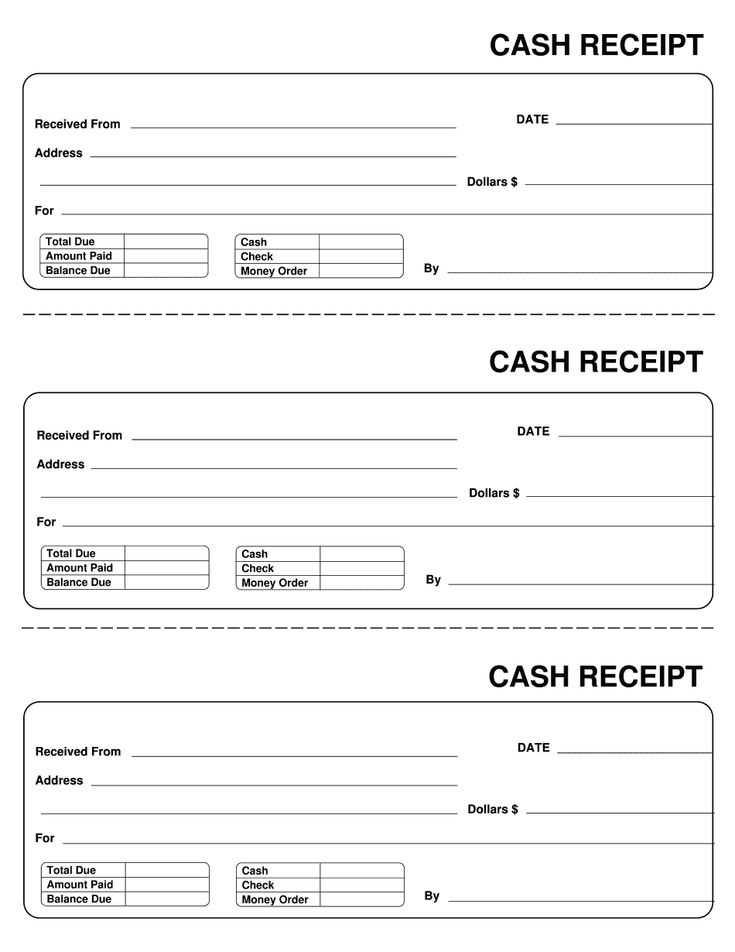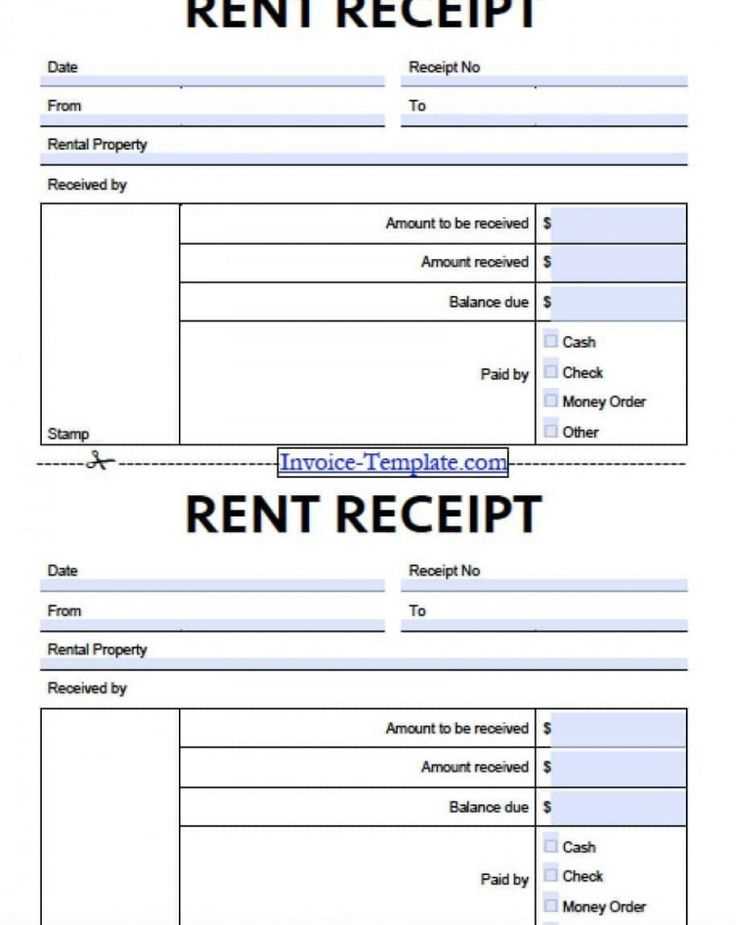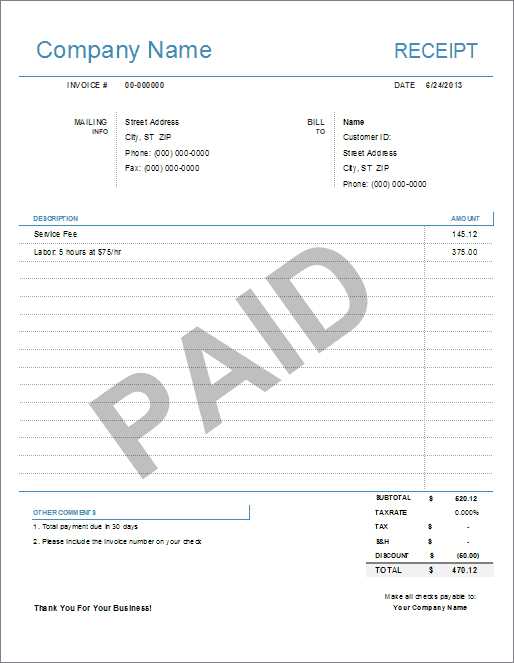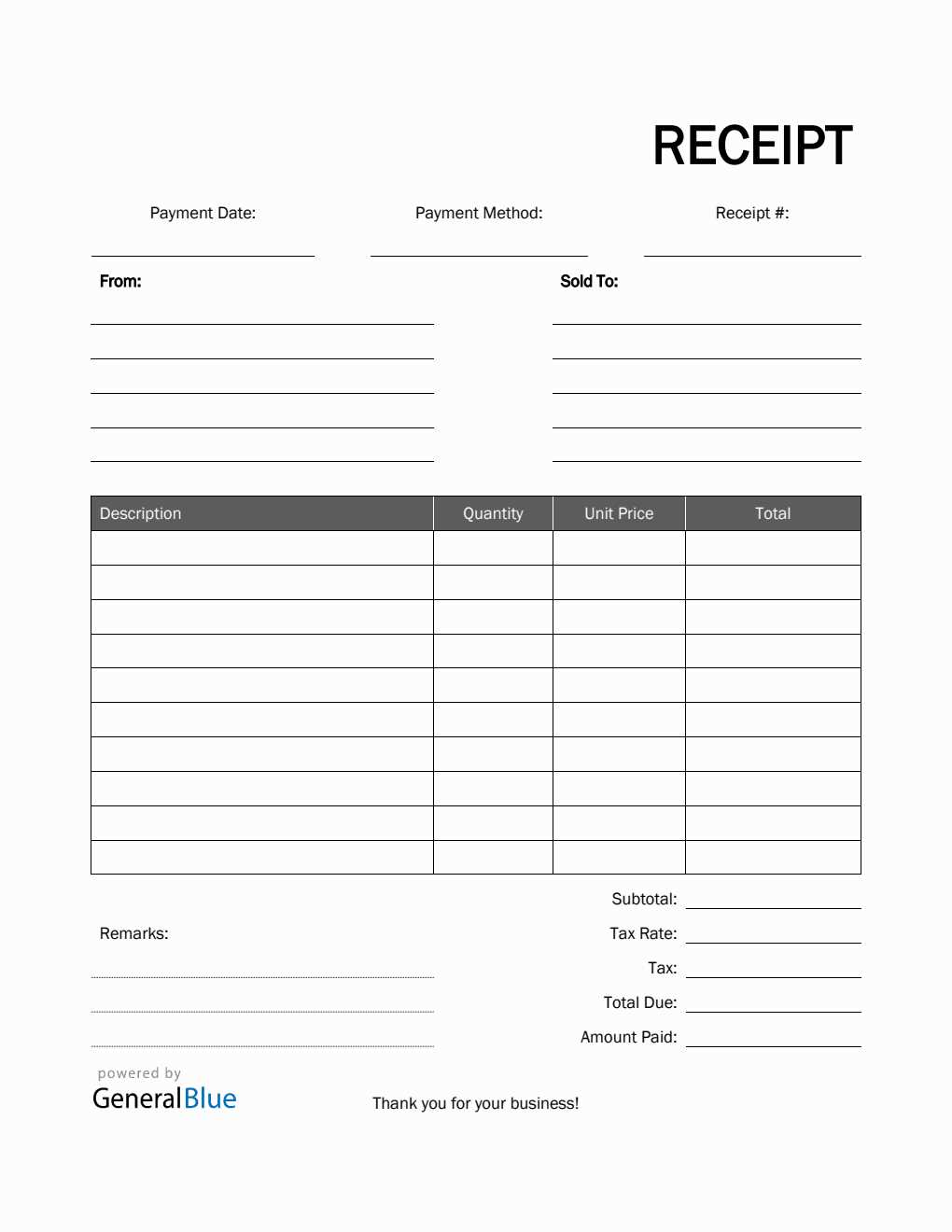
If you’re looking for a simple and flexible way to create receipts, a printable generic receipt template is the perfect solution. This template allows you to easily customize key details, ensuring that each receipt is clear and professional. All you need to do is fill in the necessary information, like the seller’s name, date, items, and price, and you’re ready to print.
The template comes with pre-defined sections, making it easy to structure receipts without any hassle. You can adjust the format to fit your business or personal needs, from adding a company logo to modifying the layout. Whether you’re managing small sales, keeping track of expenses, or providing a service, this template offers the flexibility to fit various transaction types.
For a seamless experience, choose a template that offers editable fields for item descriptions, quantities, and prices. This allows you to quickly generate receipts for each sale, ensuring accuracy and saving you time. With a printable receipt template, you can maintain a professional appearance in all transactions without the need for expensive software or complex systems.
Printable Generic Receipt Template
To create a printable generic receipt, include key details such as the business name, date, transaction ID, itemized list of products or services, payment method, and the total amount. Each section should be clearly labeled for easy readability and reference. A simple layout with clear divisions between the sections helps keep the receipt professional and user-friendly.
Receipt Structure
Start by including the company name, address, and contact details at the top of the receipt. This ensures the customer can easily contact the business if needed. Below that, include the transaction date and a unique transaction ID for tracking purposes.
Itemized List

For the items purchased, list each product or service with a brief description, quantity, unit price, and total price. This section should be organized to help customers quickly check their purchase details. After listing the items, include the subtotal, tax, and total amount due. If a discount is applied, mention it clearly. Lastly, include the payment method (e.g., credit card, cash, or online payment) to complete the transaction record.
How to Customize a Generic Receipt Template for Your Business

Adjust the layout to fit your brand. Choose clear fonts and colors that reflect your company’s identity. Customize the logo placement and add your business name, address, and contact information at the top for easy visibility.
Include specific product or service details. Replace generic placeholders with your offerings, such as item descriptions, quantities, unit prices, and total cost. This adds clarity for your customers and ensures transparency.
Modify payment information. Tailor the receipt to show the appropriate payment method (credit card, cash, etc.), tax rates, discounts, and any applicable service fees. Make sure the total is clearly displayed, leaving no room for confusion.
Incorporate terms and policies. If you have return policies, warranties, or any other important details, dedicate a section to them at the bottom. This reduces the chances of misunderstandings.
Set a space for a unique transaction ID or receipt number. This makes it easier for you and your customers to reference transactions in case of future inquiries or issues.
Test the format. Before finalizing your template, print a test copy to ensure that all the text is readable, and the design prints as expected. Adjust the layout as needed to avoid overcrowding and ensure a professional finish.
Best Formats for Printing Receipts: PDF vs. Word

PDF is the better choice for printing receipts due to its consistency and universal compatibility. When you save a receipt in PDF format, the layout, fonts, and images remain intact across any device or operating system. This ensures that the receipt will look exactly the same for anyone who opens it, making it ideal for professional use and record-keeping.
On the other hand, Word documents can sometimes have issues with formatting when opened on different devices, as font settings or margins may shift. Word is more flexible if you need to make quick edits, but it isn’t as reliable for keeping the design consistent. It is better for personal use or situations where a quick edit is necessary before printing.
PDFs are smaller in size compared to Word documents, making them easier to share through email or online. If you’re managing a large number of receipts, this smaller file size can save valuable storage space. Moreover, PDFs are easier to secure with password protection, ensuring sensitive information stays private.
In summary, for a receipt that needs to be printed or shared in a consistent, professional format, PDFs are the clear winner. Word documents are more suitable for editable receipts that require frequent updates.
Common Mistakes to Avoid When Using a Printable Receipt Template
Make sure all the necessary details are included in the receipt, such as the date, amount, and description of the transaction. Missing or incorrect information can cause confusion or disputes later on.
- Incorrect or Inconsistent Formatting – Ensure that the template is clear and uniform. Different fonts, sizes, or misaligned elements make the receipt look unprofessional and harder to read.
- Not Customizing the Template for Your Business – Use a template that fits your business needs. Generic templates may miss key fields like tax rates, discount codes, or customer information.
- Omitting Contact Information – Always include your business name, address, and contact details. This helps your customer reach you if they need assistance or clarification.
- Overcrowding the Template with Unnecessary Information – Avoid adding irrelevant details that make the receipt harder to read. Keep it simple and only include the information the customer needs.
- Not Reviewing the Template Before Use – Test your template before printing. Errors, whether in text or layout, can cause frustration for both you and your customers.
- Leaving Out Terms of Sale or Refund Policies – Including your return policies or terms of service ensures clarity and can prevent misunderstandings down the line.
- Forgetting to Update the Template Regularly – Keep your template up to date with any changes in business details, pricing, or legal requirements.
By avoiding these common mistakes, you can ensure that your receipts are clear, professional, and helpful for both you and your customers.

